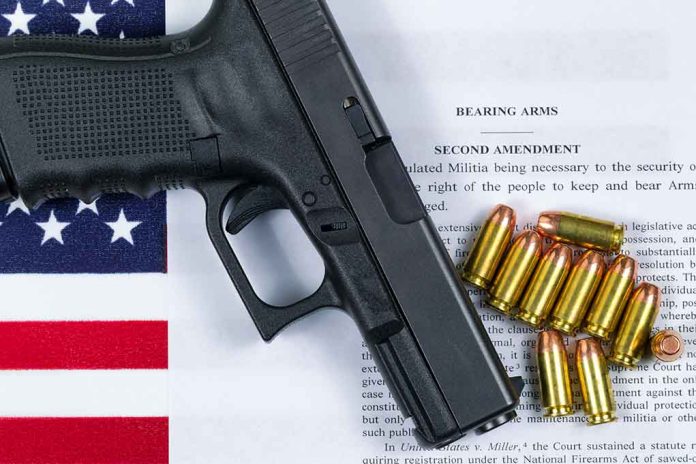
In Utah, a controversial ‘shoot to kill’ program stirs debate, as school staff receive training in gun use to protect students.
Key Takeaways
- Utah’s Guardian Program trains selected school staff in firearms and threat management.
- Teachers can carry guns, with training incentives provided by the state.
- Some organizations criticize the program, calling for preventative measures.
- Governor Cox’s policies support guns in schools to combat potential threats.
Armed Guardians in Schools
Utah has introduced a program where selected school staff are trained to handle firearms within an educational environment. These “armed guardians” are tasked with voluntarily patrolling schools with the aim of preventing potential threats. Governor Spencer Cox has been instrumental in this initiative, signing into law a bill encouraging educators to arm themselves as a deterrent against school attacks.
The program responds to a need for cost-effective security measures as opposed to the higher costs associated with school resource officers. Volunteers and non-teaching staff, rather than teachers or principals, are selected to serve as armed guardians—receiving a modest stipend of $500 annually for their time and efforts. The initiative has sparked intense debate, with its supporters emphasizing the importance of risk preparedness and the development of defensive capabilities in the event of an attack.
Training and Implementation
The state-sponsored training involves educators partaking in a 20-hour course alongside police officers, which notably includes “shoot to kill” techniques and other tactical training for dealing with active shooter scenarios. The initiative provides teachers the tools to make quick defensive decisions, including simulations using firearms and strategies for locking down classrooms. While this intensive training seeks to equip educators with practical skills, it also raises questions about the adequacy and ethical implications of such measures.
“We worked closely with the department of public safety to make sure we have all the necessary safeguards in place in this bill. We all want schools where our kids are safe and can thrive.” – Cox’s office
Despite these assurances, public criticism abounds. Organizations such as Moms Demand Action argue against the introduction of firearms into education environments, advocating instead for greater emphasis on preventive strategies and widespread gun safety reform. Critiques often spotlight the challenges of expecting educators to accurately navigate high-stakes confrontations, as well as the potential risks inherent in arming educators within an inherently stressful atmosphere.
Voices of Opposition
Critics of the program stress the crucial focus should remain on educational priorities, with a cautionary stance against the normalization of firearms in schools. Spearheaded by advocacy groups and concerned parents, these voices call for broader measures that concentrate on removing the prospect of gun violence rather than introducing a new dynamic of armed resistance into educational settings.
“Let’s keep our educators centered on what they do best – teaching. We should be working on finding ways to keep guns out of the wrong hands and out of the classroom – not inviting them into our schools.” – Jaden Christensen
As this controversial debate unfolds, Utah remains a focal point within a national conversation about the role of guns in schools, highlighting the ongoing balance between safety protocols and the educational mission of schools to provide a nurturing, learning-focused environment.
Sources
1. Utah governor signs bill encouraging teachers to carry guns in classrooms









